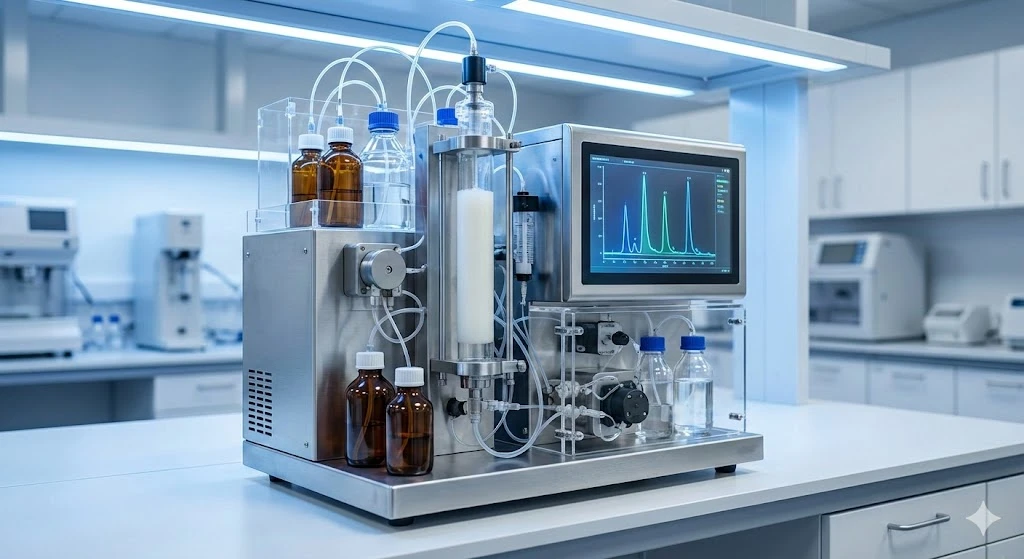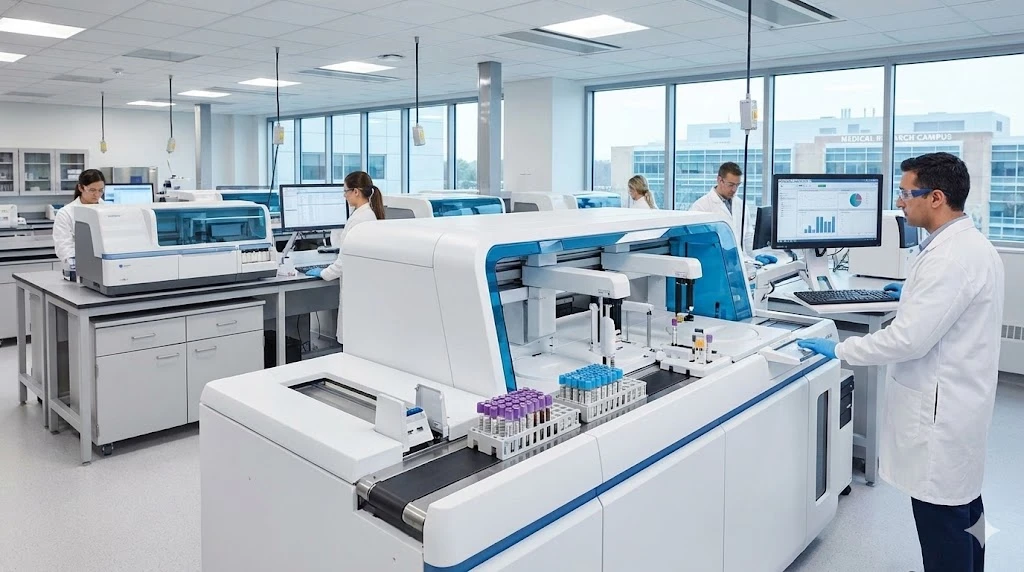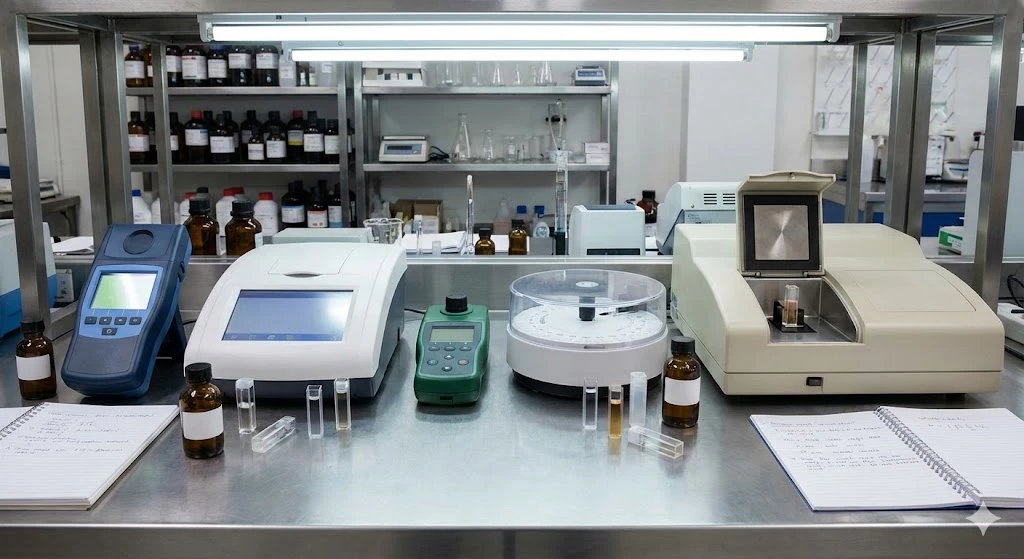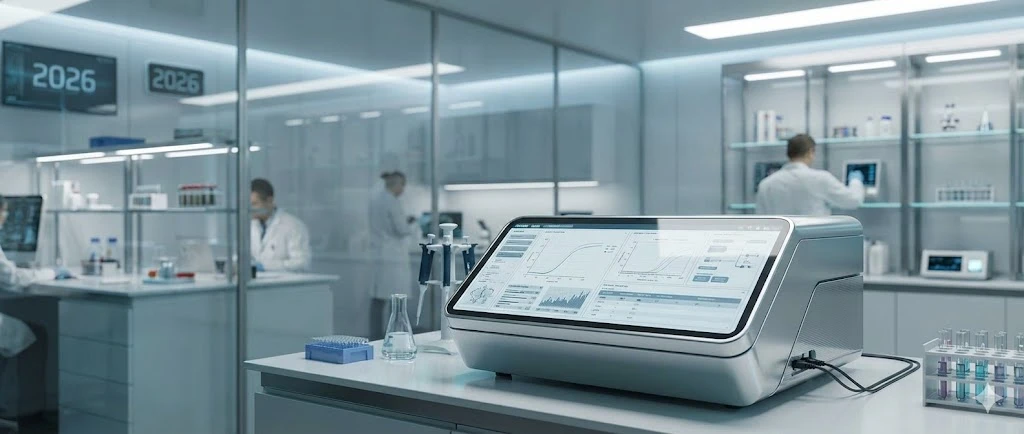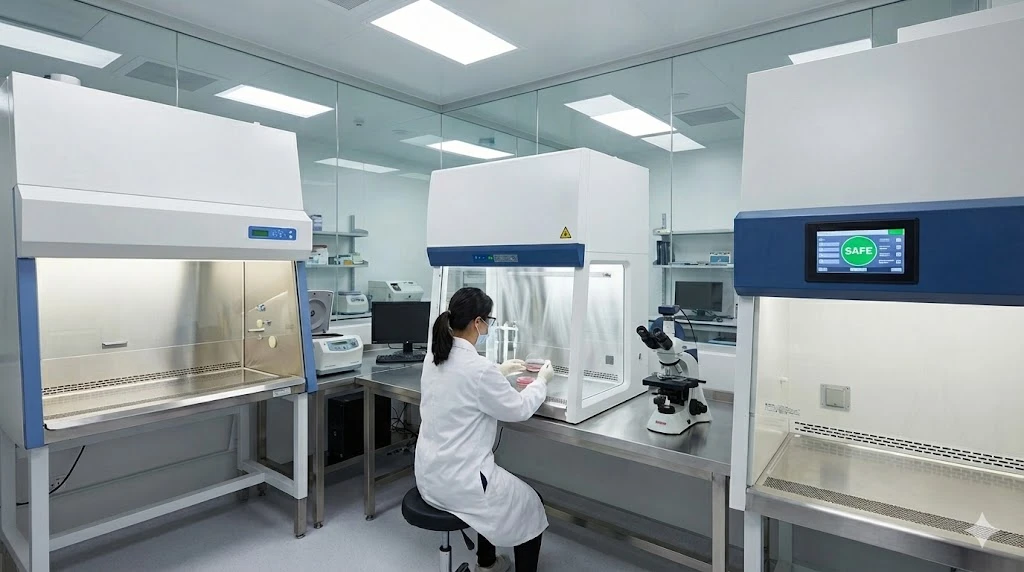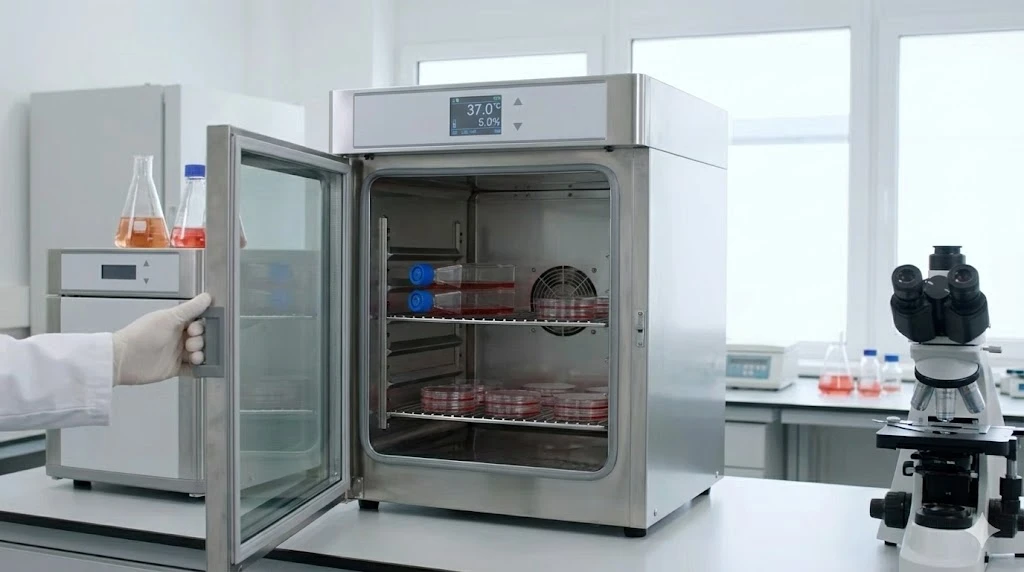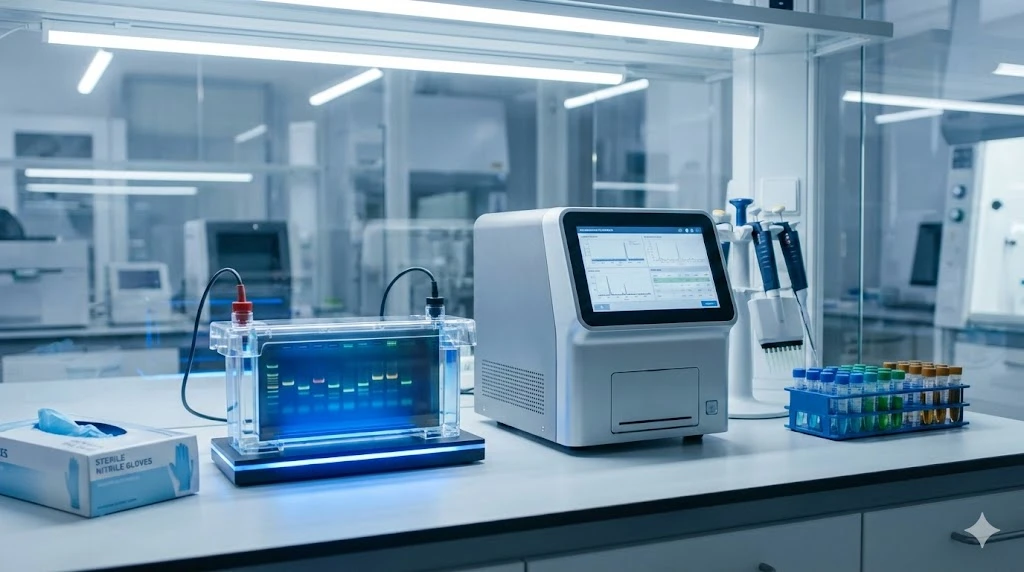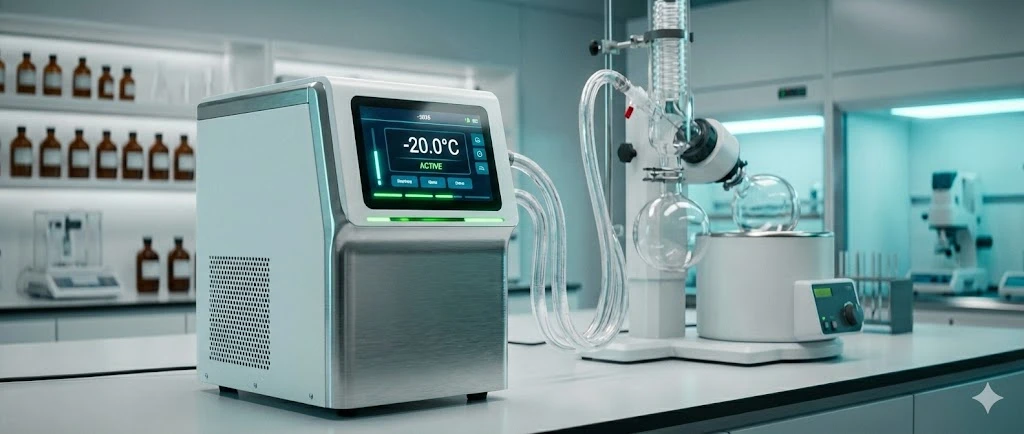Understanding Electrolyte Flow Properties: The Importance of Viscometry in Battery Performance
In the pursuit of more powerful and efficient batteries, the focus on electrolyte chemistry has been a primary driver of innovation. While metrics like concentration and purity are crucial, they only tell part of the story. The physical flow characteristics of the electrolyte—its viscosity—profoundly impact how ions move between the electrodes. For a battery to perform optimally, its electrolyte must not only be chemically sound but also physically efficient. This is where viscometry enters the picture. As a core discipline in rheology, viscometry is the scientific measurement of a fluid's resistance to flow. This article explores the vital role of viscometry in battery performance, detailing how lab professionals use this technique to fine-tune electrolyte formulations, enhance ion transport, and ensure the long-term stability and safety of their battery designs. At its core, viscometry is about quantifying a fluid's viscosity. Viscosity is the measure of a fluid's internal friction, or its resistance to being deformed by shear stress. Think of it as the difference between honey and water; honey is highly viscous and flows slowly, while water has low viscosity and flows easily. In battery science, this property is critical for several reasons: Ion Transport: The electrolyte acts as the medium for ion transport. Lower viscosity generally allows ions to move more quickly, reducing internal resistance and improving power output. Wetting of Separator: The electrolyte must effectively wet the porous separator between the anode and cathode. Proper wetting is essential for maintaining good contact and ensuring uniform ion transfer. Electrode Penetration: During cell assembly, the electrolyte must be able to penetrate the porous structure of the electrodes to fill every void. Viscosity directly affects this penetration rate. Safety: In some battery types, an increase in viscosity during operation can be an indicator of unwanted side reactions, gas evolution, or a thermal event. By understanding and controlling electrolyte viscosity, researchers can make informed decisions about material choices and cell design to optimize battery performance. The choice of viscometer depends on the sample volume, desired precision, and the viscosity range of the fluid being measured. Modern battery labs typically employ several types to get a comprehensive view of electrolyte rheology. Viscometer Type Principle Key Applications in Battery Labs Capillary Viscometer Measures the time it takes for a fluid to flow through a narrow tube of known dimensions under gravity. Ideal for low-viscosity liquids, often used for quality control of solvent-based electrolytes. Provides a highly accurate measure of kinematic viscosity. Rotational Viscometer Measures the torque required to rotate a spindle within the fluid at a constant speed. Excellent for a wide range of viscosities, including more viscous slurries and semi-solid materials. Can characterize shear-thinning or shear-thickening behavior. Vibrational Viscometer Measures the damping of a vibrating resonator immersed in the fluid. Provides a very fast, continuous measurement of viscosity. Suitable for in-line monitoring of production processes or real-time analysis of a fluid during an experiment. Falling Sphere Viscometer Measures the time it takes for a sphere of known size and density to fall a certain distance through the fluid. A simple but effective method for measuring the viscosity of clear, highly viscous liquids. The most advanced instruments allow for temperature control, as viscosity is highly dependent on temperature. This allows researchers to test an electrolyte's rheological stability under various operating conditions. Data from viscometry is not just a single number; it's a window into the dynamic behavior of the electrolyte. Researchers analyze this data to draw critical conclusions that inform design improvements. Identifying Optimal Formulations: By measuring the viscosity of different electrolyte blends, researchers can find the "sweet spot"—a formulation that balances low viscosity for fast ion transport with sufficient stability and safety. Monitoring Degradation: A sudden or gradual increase in an electrolyte's viscosity over time can be an early warning sign of unwanted chemical reactions, indicating degradation or a potential safety issue. Modeling Cell Performance: Viscosity data is a crucial input for electrochemical models that predict a cell's performance under different conditions. These models help optimize electrode porosity, separator thickness, and charging/discharging protocols. Quality Assurance: Viscometry provides a simple, repeatable metric for quality control of incoming electrolyte materials. Any deviation from the established viscosity range signals a batch that may not meet performance specifications. By integrating this data into their development cycle, lab professionals can move beyond trial-and-error and engineer electrolytes with predictable, high-performance characteristics. The pursuit of next-generation batteries demands a comprehensive understanding of every component, down to the fundamental physical properties of its fluids. Viscometry offers a powerful and precise means to analyze and control the flow characteristics of electrolytes, a factor that is directly tied to a battery's efficiency, longevity, and safety. For lab professionals, mastering this technique is essential. It is through this level of detailed analysis that we can move beyond simply building batteries to truly engineering them, ensuring that the innovations we create today will be robust and reliable enough to power a sustainable world tomorrow. A1: Viscometry is the measurement of a fluid's resistance to flow (viscosity). It is important for battery electrolytes because lower viscosity generally allows for faster ion transport, which leads to improved power output and overall cell performance. A2: A fluid's viscosity directly affects ion mobility. A lower-viscosity electrolyte allows ions to move more freely, reducing internal resistance and enabling faster charging and discharging, thereby improving a battery's power performance. A3: Viscometry is used for safety by monitoring changes in electrolyte viscosity over time. A sudden increase in viscosity can be an early indicator of unwanted side reactions or thermal degradation, providing a warning sign for potential safety issues. A4: Capillary viscometers are often considered the most suitable and accurate for measuring low-viscosity liquids, making them a popular choice for the quality control of solvent-based electrolytes in battery labs.
Viscometry Explained: The Science of Fluid Resistance
Key Viscometry Methods for Battery Electrolytes
Common Viscometry Methods and Equipment:
Analyzing Viscometry Data to Optimize Battery Performance

Conclusion: Viscometry and the Future of Battery Innovation
FAQ
Q1: What is viscometry and why is it important for battery electrolytes?
Q2: What is the relationship between an electrolyte's viscosity and a battery's performance?
Q3: How do battery labs use viscometry to improve battery safety?
Q4: Which viscometer type is best for measuring low-viscosity electrolytes?

